One night in Durham, North Carolina, a rape accusation set fire to the reputations of three college athletes and their elite university. As the Duke lacrosse players grappled with their transition from model student to the criminally accused, several wars were launched on different fronts.
Related Movies

On Sugar Workers' Quarters (1971)
Documentary about the history of the bateyes, informal settlements surrounding the mills to house workers. Throughout the film, Sara Gómez recovers the political and cultural relevance of black migrants.
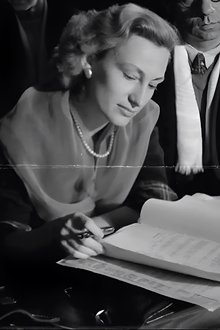
Women of Today (1958)
Made on the occasion of March 8, it presents a series of brief portraits of women, from various professional fields, of different ages and even of different ethnicities, pointing out the benefits that the communist organization had brought to their daily lives. A special emphasis is placed on their status as mothers and on the role of nurseries and socialist kindergartens not only in making their lives easier, but also in giving them the time they need to build a career. Another concern of the filmmaker, starting from the concrete case of one of the protagonists, is to highlight the differences between the happy present and the not-too-distant past in which someone with her social status should have dedicated herself exclusively to raising children, in hygienic and extremely difficult lives.

In fabbrica (2007)
The movie revolves around the factory worker figure evolution from post-WWII in Italy, with the emigration from southern to northern regions, the years of economic boom, the strikes, the riots and the infamous march of the 40000 in Turin in 1980.
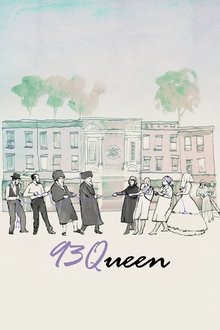
93Queen (2018)
Set in the Hasidic enclave of Borough Park, Brooklyn, "93Queen" follows a group of tenacious Hasidic women who are smashing the patriarchy in their community by creating the first all-female volunteer ambulance corps in New York City. With unprecedented-and insider-access, "93Queen" offers up a unique portrayal of a group of religious women who are taking matters into their own hands to change their own community from within.
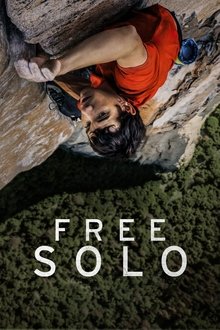
Free Solo (2018)
Follow Alex Honnold as he attempts to become the first person to ever free solo climb Yosemite's 3,000 foot high El Capitan wall. With no ropes or safety gear, this would arguably be the greatest feat in rock climbing history.
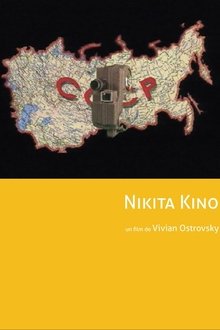
Nikita Kino (2003)
The film is a travelogue of sorts. Ostrovsky’s personal family footage meets the archives of Soviet propaganda footage. The result is a kind of Khruschev-era mix with a collage of Soviet music and a voice-over of my reminiscences of the Cold War era.
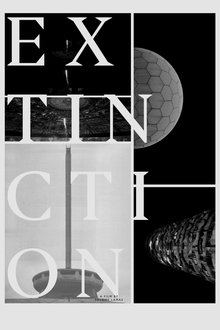
Extinction (2018)
The end of the Cold War did not bring about a definitive thaw in the former republics of the Soviet Union, so that today there are several frozen conflicts, unresolved for decades, in that vast territory. As in Transnistria, an unrecognized state, seceded from Moldova since 1990. Kolja is a silent witness of how borders and bureaucracy shape the lives of citizens, finally forced to lose their identity.

My Indiana Muse (2018)
Vacation slides are as much the butt of jokes as airline food, VCR clocks, and glamour shots. Americana artist Robert Townsend would disagree. With an interest in vernacular photography—in which amateur photographers shoot everyday images—Robert finds some vacation slides and becomes creatively smitten with one lady who appears in numerous photos, whom he thinks has a “superstar quality.” As he immortalizes her world in paintings that are outsized celebrations of the mid-century era, Townsend finds himself picking up clues and setting upon a quest to learn more about this happy mystery woman and her Kodacolor life. It’s a gorgeous and fascinating film celebrating an incredibly talented artist and his middle-American muse in cat-eye glasses.

The Artist & the Pervert (2019)
Composer Georg Friedrich Haas and African-American kink educator Mollena Lee Williams enter into a complicated relationship.

The Lovetts (2018)
Mr. & Mrs. Lovett live out their (sex) lives in full public view in front of a permanently connected webcam, which frames their spartan living room like a human aquarium. This is all we see of their lives - but it's not so little after all. The young couple are driven business people, and they flirt, strip and screw for the benefit of the camera and the customers on the receiving end. The Croatian filmmaker Igor Bezinovic has created a surreal and funny take on a piece of avant-garde 'adult entertainment' from one of the internet's seedy corners. But he also documents a performance culture, which dissolves the boundaries between the private and public spheres and a parallel economy of images. A hedonistic and thoroughly commercialised culture, where supply and demand have taken on an entirely new and absurd meaning.

The Feeling of Being Watched (2018)
Journalist Assia Boundaoui sets out to investigate long-brewing rumors that her quiet, predominantly Arab-American neighborhood was being monitored by the FBI.

Lost in Vagueness (2017)
It's a music documentary that tells the story of Roy Gurvitz, who created Lost Vagueness, at Glastonbury and who, as legendary founder, Michael Eavis says, reinvigorated the festival. With the decadence of 1920's Berlin, but all in a muddy field. A film of the dark, self-destructive side of creativity and the personal trauma behind it.
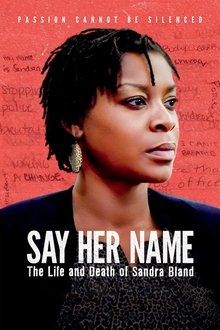
Say Her Name: The Life and Death of Sandra Bland (2018)
Sandra Bland was a bright, energetic activist whose life was cut short when a traffic stop resulted in a mysterious jail cell death just three days later.

Island of the Hungry Ghosts (2019)
Christmas Island, Australia is home to one of the largest land migrations on earth—that of forty million crabs journeying from jungle to sea. But the jungle holds another secret: a high-security facility that indefinitely detains individuals seeking asylum.

Love, Gilda (2018)
Diaries, audiotapes, videotapes and testimonials from friends and colleagues offer insight into the life and career of Gilda Radner -- the beloved comic and actress who became an icon on Saturday Night Live.
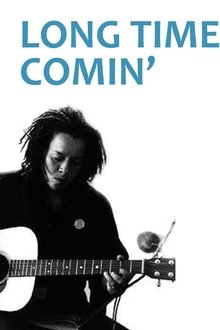
Long Time Comin' (1993)
There is a cultural revolution going on in Canada and Faith Nolan and Grace Channer are on the leading edge. These two African-Canadian lesbian artists give back to art its most urgent meanings--commitment and passion. Grace Channer's large and sensuous canvasses and musician Faith Nolan's gritty and joyous blues propel this documentary into the spheres of poetry and dance. Long Time Comin' captures their work, their urgency, and their friendship in intimate conversations with both artists.
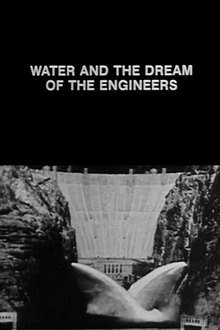
Water and the Dream of the Engineers (1983)
Documentary where rich social history frames a spirited debate on the development of water infrastructure throughout the USA.
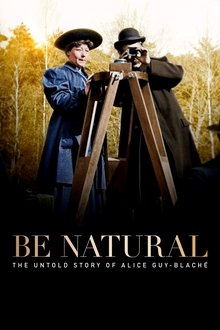
Be Natural: The Untold Story of Alice Guy-Blaché (2018)
The epic life story of Alice Guy-Blaché (1873–1968), a French screenwriter, director and producer, true pioneer of cinema, the first person who made a narrative fiction film; author of hundreds of movies, but banished from history books. Ignored and forgotten. At last remembered.

Queens of Jazz: The Joy and Pain of the Jazz Divas (2013)
The documentary tracks the diva's difficult progress as she emerges from the tough, testosterone-fuelled world of the big bands of the 30s and 40s, to fill nightclubs and saloons across the US in the 50s and early 60s as a force in her own right. Looking at the lives and careers of six individual singers (Billie Holiday, Ella Fitzgerald, Peggy Lee, Sarah Vaughan, Nina Simone and Annie Ross), the film not only talks to those who knew and worked with these queens of jazz, but also to contemporary singers who sit on the shoulders of these trailblazing talents without having to endure the pain and hardship it took for them to make their highly individual voices heard above the prejudice of mid-century America.

Netizens (2018)
Cynthia Lowen’s powerful documentary Netizens highlights three women as each wages war against one of the internet’s most malevolent forces: prevalent and un-policed misogyny, harassment, and stalking. Directed at thousands of women daily by way of social media, it lies in plain sight, and its ramifications never remain only online. The film deftly depicts not only the forms digital abuse can take, from non-consensual pornography to invasion of privacy, but also the consequences for its victims.